PPT-Phase Change Presentation
Author : trish-goza | Published Date : 2018-03-19
By Jacques Klapisch Adela Miller and Grace Skylstad Our Experiment Our group was curious how changing the amount of coffee joulies used would affect the temperature
Presentation Embed Code
Download Presentation
Download Presentation The PPT/PDF document "Phase Change Presentation" is the property of its rightful owner. Permission is granted to download and print the materials on this website for personal, non-commercial use only, and to display it on your personal computer provided you do not modify the materials and that you retain all copyright notices contained in the materials. By downloading content from our website, you accept the terms of this agreement.
Phase Change Presentation: Transcript
Download Rules Of Document
"Phase Change Presentation"The content belongs to its owner. You may download and print it for personal use, without modification, and keep all copyright notices. By downloading, you agree to these terms.
Related Documents


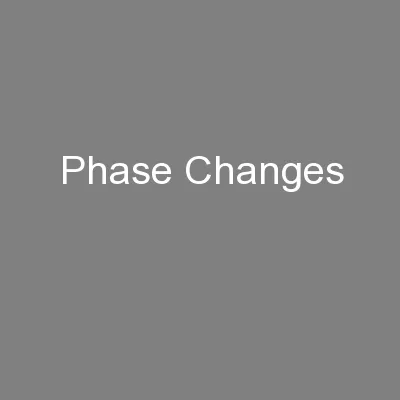
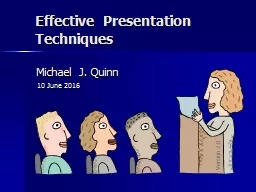

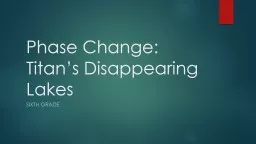
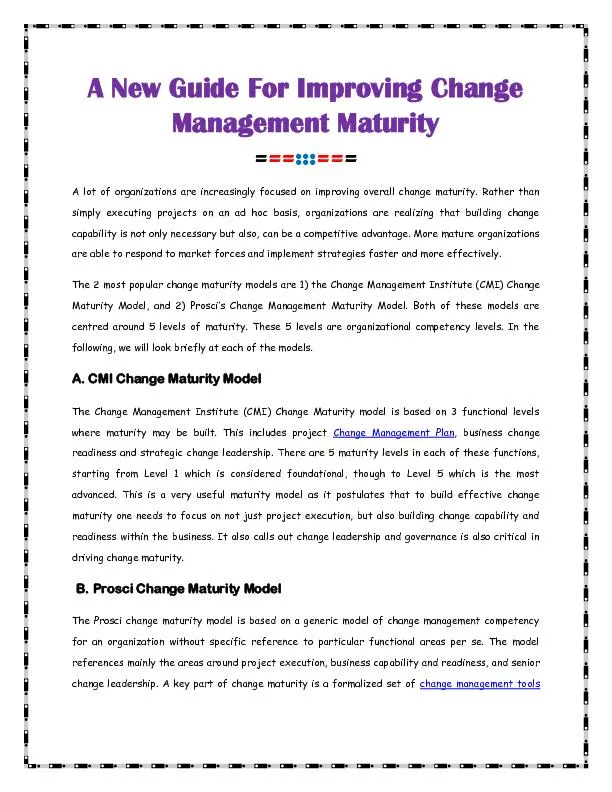
![[DOWNLOAD] - Happy Teachers Change the World: A Guide for Cultivating Mindfulness in](https://thumbs.docslides.com/901474/download-happy-teachers-change-the-world-a-guide-for-cultivating-mindfulness-in-education.jpg)
![[EBOOK] - Teaching Change: How to Develop Independent Thinkers Using Relationships, Resilience,](https://thumbs.docslides.com/901568/ebook-teaching-change-how-to-develop-independent-thinkers-using-relationships-resilience-and-reflection.jpg)
![[DOWNLOAD] - Make Just One Change: Teach Students to Ask Their Own Questions](https://thumbs.docslides.com/901624/download-make-just-one-change-teach-students-to-ask-their-own-questions.jpg)
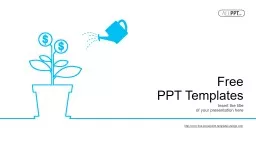
![[EPUB] - Understanding Power and Leadership in Higher Education: Tools for Institutional](https://thumbs.docslides.com/905622/epub-understanding-power-and-leadership-in-higher-education-tools-for-institutional-change.jpg)
![[EBOOK] - Differentiated Coaching: A Framework for Helping Educators Change](https://thumbs.docslides.com/905911/ebook-differentiated-coaching-a-framework-for-helping-educators-change.jpg)
![[EBOOK] - Faculty Development in the Health Professions: A Focus on Research and Practice](https://thumbs.docslides.com/906409/ebook-faculty-development-in-the-health-professions-a-focus-on-research-and-practice-innovation-and-change-in-professional-edu.jpg)
![[EPUB] - Presidential Transition in Higher Education: Managing Leadership Change](https://thumbs.docslides.com/907331/epub-presidential-transition-in-higher-education-managing-leadership-change.jpg)